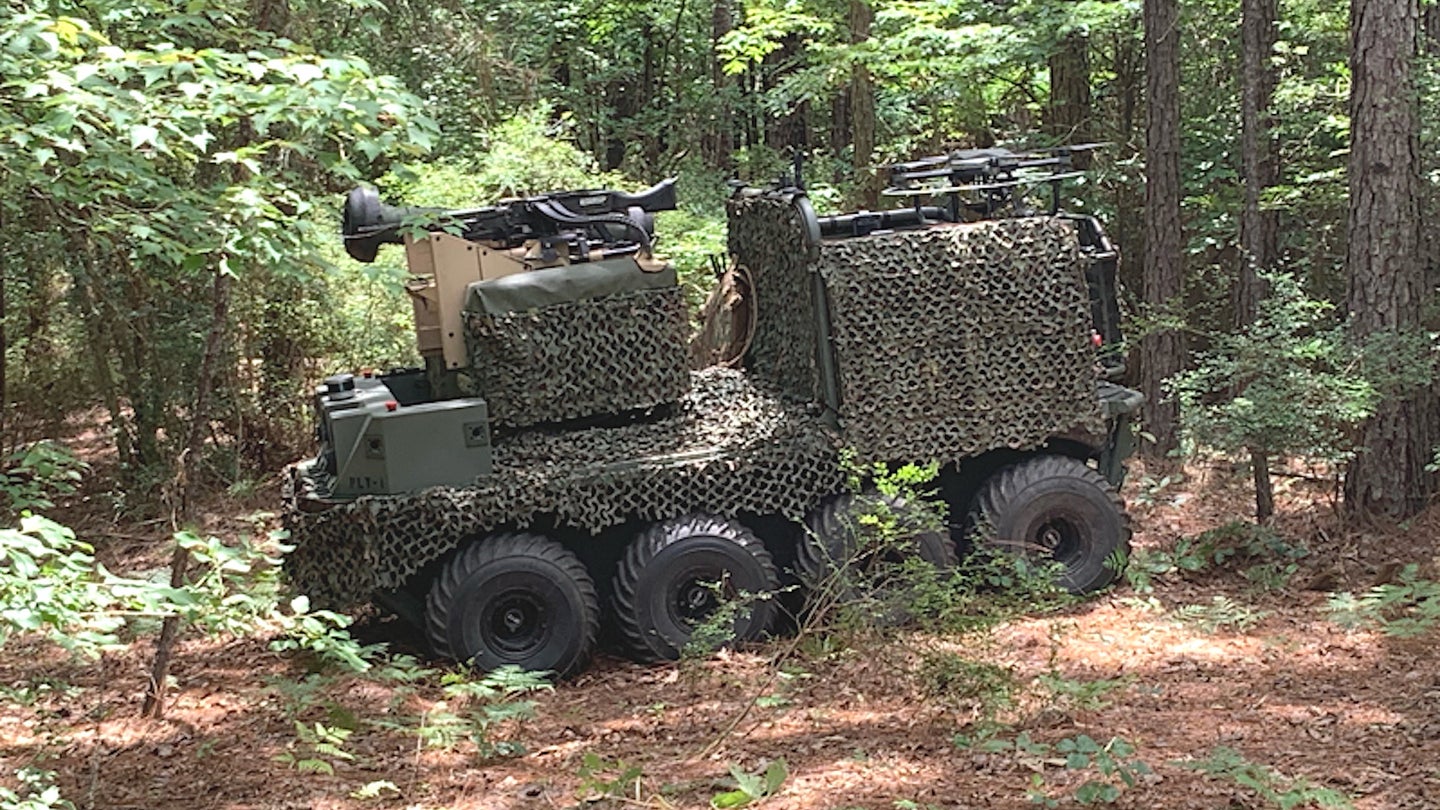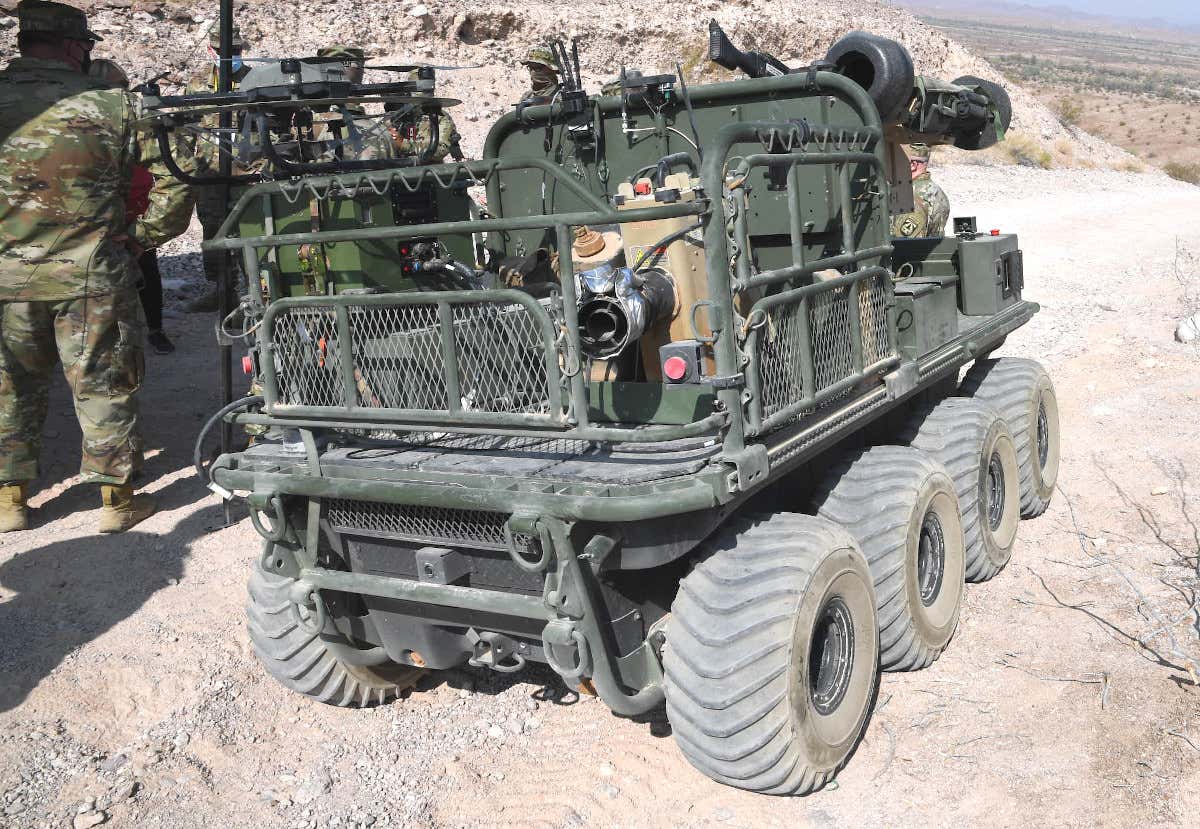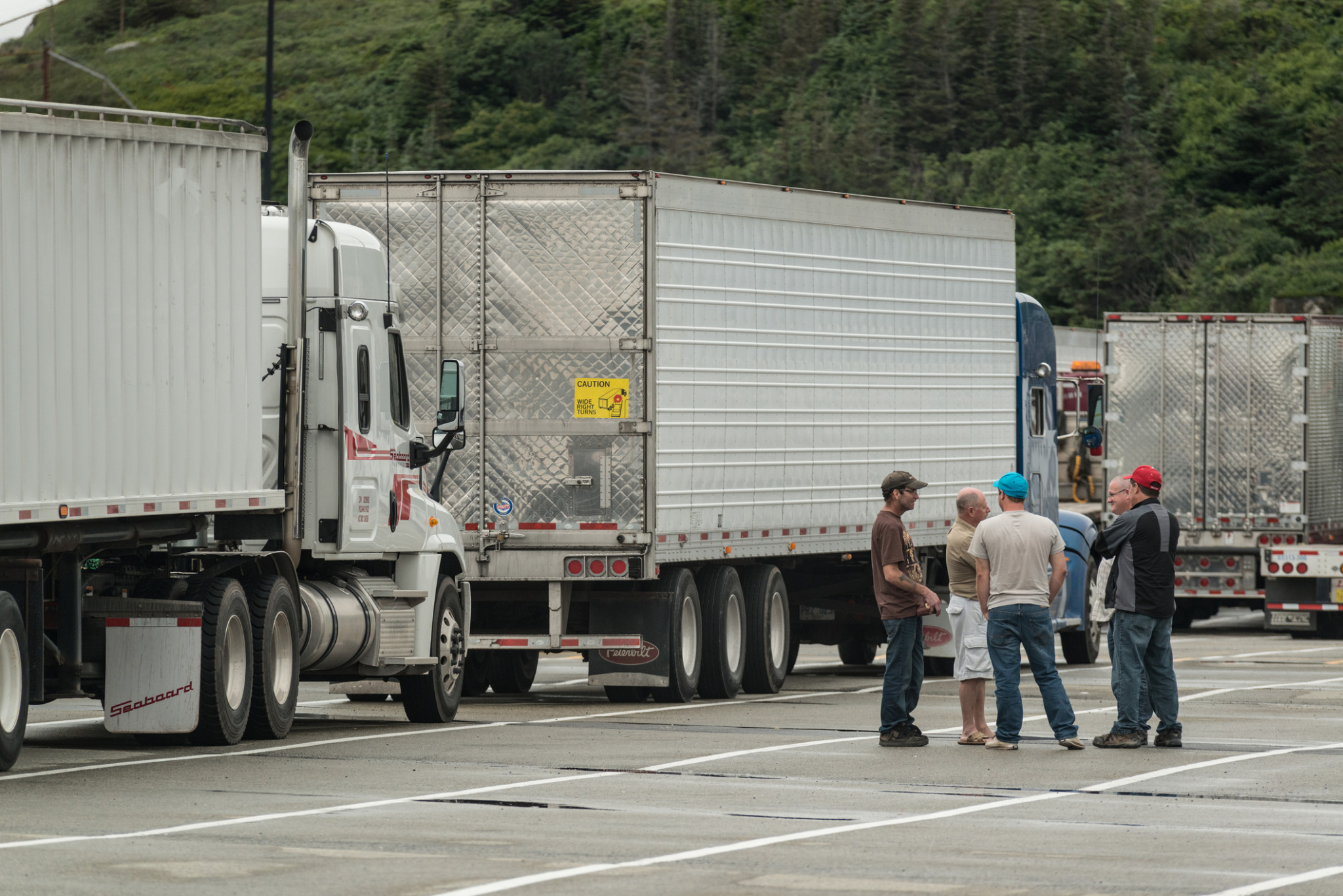- Reaction score
- 36,571
- Points
- 1,090
Isn't 15 Fd a band with a secondary role as artillery?

The better question is why are we insisting on maintaining unit's who's manning numbers exceed our total PYs?If we're not currently manning our rifle companies at full establishment then why not pair each Reg Force company with a Reserve Regiment to round out the numbers that way?
The few times Recce has had LAVs they were more like... mother ships for ATV based patrols if that makes sense. A bit more punch and filled to the brim with ammo, food, and water, or dip and contrabandArmor Defense Platoon?
I don't like the LAV as an Infantry Recce Vehicle
Also your Snipers - are they housed back inside of Recce Platoon - or still a separate "Platoon Minus"
Doctrinally the 120mm Mortar is an Artillery weapon - but given the recent (last 20 years) changes - I am unsure if Doctrine matters anymore as no one else seems to follow it...
Sorry, not tracking what you mean here?The better question is why are we insisting on maintaining unit's who's manning numbers exceed our total PYs?
When talking CAF organizations & establishments, “manning” is used to describe the number of people actually in the unit. If manning is low, then there are fewer people than PYs. If “ manning numbers exceed our total PYs” then there are more people than authorized on establishment. Language matters because the system will ignore a unit that complains of being undermanned while guardian shows it to be at 95% of establishment.The better question is why are we insisting on maintaining unit's who's manning numbers exceed our total PYs?
The better question is why are we insisting on maintaining unit's who's required establishment exceed our total PYs?
When talking CAF organizations & establishments, “manning” is used to describe the number of people actually in the unit. If manning is low, then there are fewer people than PYs. If “ manning numbers exceed our total PYs” then there are more people than authorized on establishment. Language matters because the system will ignore a unit that complains of being undermanned while guardian shows it to be at 95% of establishment.
We need to be better at explaining that we are under established. So I think you are asking:
Isn't 15 Fd a band with a secondary role as artillery?




Isn't 15 Fd a band with a secondary role as artillery?
All jokes aside, I like reserve and volunteer bands. They're a lot less expensive to the public purse and seen more in public than the Reg F ones. The Ceremonial Guard Band is one great example. The numerous volunteer Reg F bands are another. By my count we have six Reg F bands left and we have some 52 Res F and 15 volunteer Reg F ones.Isn't 15 Fd a band with a secondary role as artillery?
Army reserve has more bandsmen than truck drivers, mechanics, or supply technicians.
The trucking and logistics sector employs 3.6% of Canada’s workforce, translating to more than 650,000 workers. Truck drivers account for 300,000 employees, while 90,000 people are in shipping and receiving, 70,000 are courier service drivers, 38,000 are material handlers at warehouses and distribution staff. The remainder are managers, supervisors, administrative staff, and accounting personnel.
While the number of truck drivers has increased by more than 80,000 people in the past two decades, the rate of increase has slowed to an average of 4,100 drivers per year over the past decade, compared to 5,500 per year over the previous decade.
Canada is expected to be short 25,000 truck drivers as early as 2023, representing a 25% increase over the unfilled vacancies in 2019, Trucking HR Canada reports.
Unfilled jobs in 2018 are also estimated to have cost the trucking industry about $3.1 billion in lost revenues, slowing planned expansions by 4.7%.

Army reserve has more bandsmen than truck drivers, mechanics, or supply technicians.
Because most folks looking at the part time reserve want something different from what they already do all day.
There are more reserve pers in the three musician MOSIDs than in either MSE Op, Veh Tech or May Mgr Tech.
Yes thank you, that’s what I meant.When talking CAF organizations & establishments, “manning” is used to describe the number of people actually in the unit. If manning is low, then there are fewer people than PYs. If “ manning numbers exceed our total PYs” then there are more people than authorized on establishment. Language matters because the system will ignore a unit that complains of being undermanned while guardian shows it to be at 95% of establishment.
We need to be better at explaining that we are under established. So I think you are asking:

